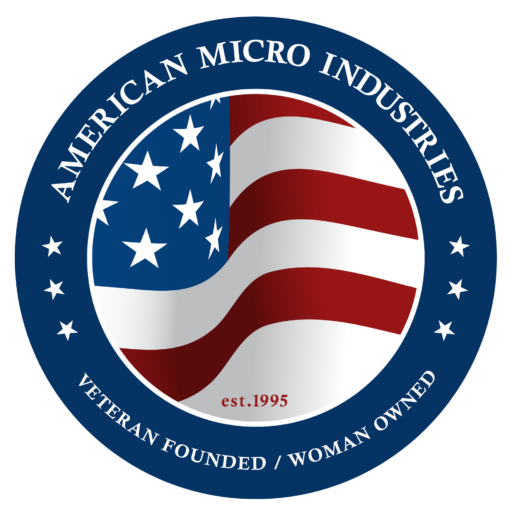

Sustainable strategies such as lean manufacturing practices, reduced material and energy consumption and process optimization are essential for efficient CNC machining. Choosing a company that implements these strategies is crucial for improving your company’s sustainability efforts. Working with a company that reduces CNC manufacturing waste can help lower your company’s environmental impact, decrease costs and attract more customers to your products.
Implementing a sustainable approach in CNC machining offers the following advantages:
Learn About Our CNC Machining Services
CNC machining produces the following types of waste:
Material waste consists of the excess material discarded after the machining process. When unused materials sit in landfills, they contribute to greenhouse gas emissions, air pollution, habitat destruction and groundwater contamination. Plastic materials are especially problematic because they break down into microplastics that can absorb and spread pollutants through the environment.
CNC machines require energy to operate, and they can lead to excess electricity consumption without sustainable practices and efficient processes. Reducing energy consumption and switching to sustainable power sources is an important part of reducing a company’s carbon footprint.
Process inefficiencies can waste time, causing machines to operate longer while production decreases. Implementing efficient processes enables companies to manufacture products faster, using less energy and labor to reach end results.
Companies can reduce costs and environmental impact with the following sustainable CNC machining practices:
Lean manufacturing principles can help companies reduce material usage and energy consumption by scaling production rates to the rate of demand. Manufacturing products in response to demand rather than manufacturing in advance can prevent your company from producing excess material waste.
Continuous improvement is an essential part of lean manufacturing principles. Regularly evaluate your practices, material usage and energy consumption to identify areas for improvement and adjust accordingly.
Eco-friendly materials reduce your company’s demand for raw resources and minimize your carbon footprint related to material production. Durability is also an important consideration because long-lasting materials help reduce waste. Consider switching to alternative materials such as:
Energy sources are another essential consideration. Companies can consume less electricity by powering machines with a renewable energy source, like:
Learn About Our CNC Machining Services
You can significantly reduce material waste by opting for reused materials when possible, and choosing a closed-loop system is the best way to do so. With a closed-loop system, manufacturing companies can collect, process and reintroduce waste materials into the production cycle. This approach can also help reduce costs because using as much scrap material as possible reduces the amount of materials a company needs to purchase.
Cutting methods can also help reduce material waste. Companies can implement the following cutting techniques in their processes to use material more efficiently:
Optimizing CNC processes can boost efficiency by increasing productivity and reducing machine downtime. Advanced software enables machines to automatically adjust parameters such as spindle speed, cutting depth and feed rate based on components and material requirements. Adjusting these parameters for smaller stepovers, deeper cuts and higher feed rates can help reduce cycle times, decrease tool wear and increase accuracy. Advanced strategies such as multi-axis and high-speed machining can also lower cycle times to conserve energy.
Efficient production and maintenance schedules also play significant roles in sustainable CNC machining. Companies must set realistic expectations for machine operators and ensure employees stay on schedule to avoid machine idle time and conserve energy. Scheduling regular machine maintenance and calibration is also essential for efficient machine operation.
Several federal agencies offer resources and financial support to help companies implement and maintain sustainable manufacturing processes. The following agencies run special sustainable manufacturing programs with different areas of expertise:
Your company may also be eligible for tax incentives when you implement green initiatives in your manufacturing processes. For example, the Renewable Energy Production Tax Credit provides a credit per kilowatt hour of power generated from acceptable renewable energy sources.
Learn About Our CNC Machining Services
Working with an efficient CNC machining company is crucial for maintaining sustainable manufacturing practices. When you need CNC-cut parts or products, you should work with a company that uses advanced technology and sustainable practices to reduce waste.
American Micro Industries offers quality, efficient CNC milling services to help your company maintain sustainable practices. Our state-of-the-art CNC machines operate quickly and accurately for precise results, enabling us to create the products or parts you need while increasing your savings. Request a quote to learn more about our CNC services and sustainable practices.